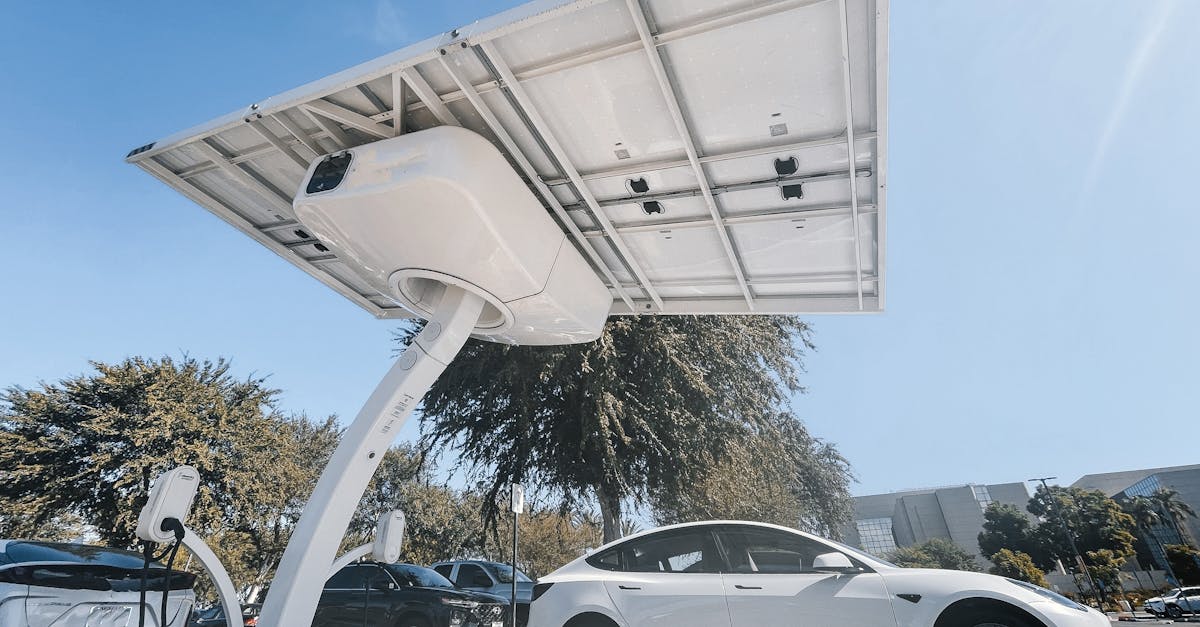Connection Regulations for Solar PV

e barriers that might hinder growth. The push for increased capacity often leads to revised standards to accommodate higher numbers of solar photovoltaic systems.Related Links
projects.
What recent changes to regulations have occurred in 2023?
In 2023, several updates to grid connection regulations have been introduced, including streamlined application processes, adjustments to connection fees, and improved guidelines for integrating renewable energy sources into the grid. These changes aim to support increased solar PV deployment and meet renewable energy targets.
Related LinksTerms of Use
Roundup of Best Practices for Environmental Impact Assessments in Solar PV10 Key Benefits of Renewable Energy Certificates
Why Government Incentives Matter for Solar PV Adoption
What to Consider Before Grid Connection for Solar PVPrivacy Policy
The Historical Development of Feed-in Tariffs in the UK
Why Environmental Impact Assessments are Crucial for Solar Projects